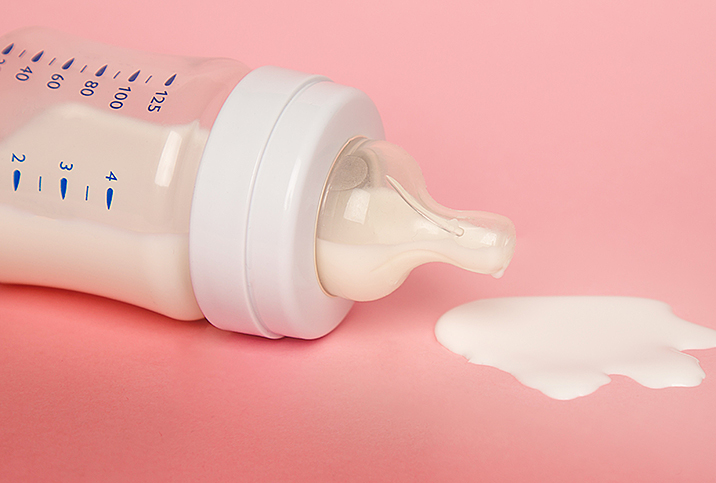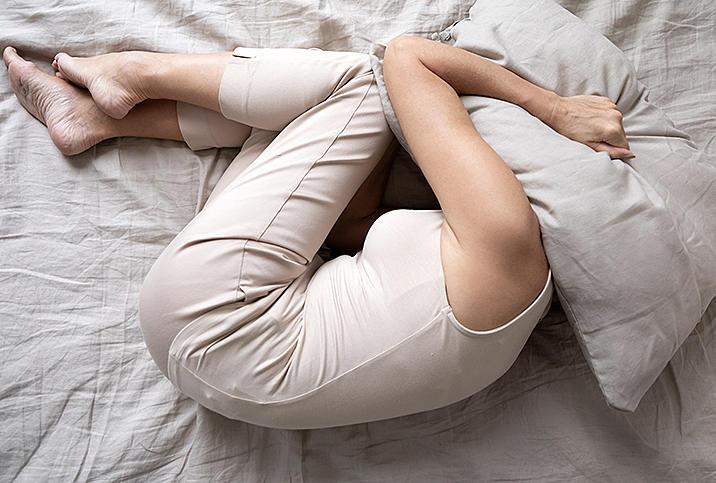Postpartum Exercise: How to Feel Better and Get Stronger

Pregnancy can best be described as…weird? No. Uncharted? Hmm. How about an epic journey? Better.
While it may seem like the epic journey comes to an end with the arrival of your new baby, that is only the beginning of the next part of the adventure.
While your baby is getting used to a body, so are you. Your body is undergoing a whole host of unfamiliar experiences and strange feelings in the weeks and months following delivery. Maybe you, like many women, feel like the shape of your body has changed forever. Maybe you feel like your head is fuzzy and you’re fatigued. All of these are normal reactions to the relationship you now have with your body after childbirth.
Because of this, you might be eager to return to your pre-pregnancy exercise habits or even pick up a new exercise routine. If you don’t feel ready, physically or emotionally, give it time and/or start out very slowly and easily.
In any case, exercise done safely and carefully can be a benefit for new moms.
Postpartum exercise guidelines
Let’s start with some medical guidelines. After childbirth, most women will require four to six weeks to rest and recover before it’s safe to exercise again at any level.
Of course, this timeline varies from woman to woman, so it’s best to check with your doctor before returning to a workout schedule. Keep in mind that if you’ve had a C-section, you will likely need to wait longer. Not only did you go through labor, you also endured a major surgical procedure.
Once you’re cleared to begin working out, it’s a good idea to be kind to yourself and ramp up your exercise slowly. Introduce each new aspect of your exercise regimen one activity at a time. For example, start with some light to moderate cardio, and if you’re feeling good, go ahead and add some weight training.
Note that if you were in the habit of exercising intensely before and during your pregnancy, you will likely bounce back fairly quickly. Even given that, though, a gradual approach is best.
Exercise & breastfeeding
Generally, it’s understood that regular exercise has no effect on breast milk. Some evidence suggests, however, high-intensity workouts may increase the level of lactic acid in your milk for up to 90 minutes, and your baby may have an aversion to the taste.
If you still want to enjoy a high-intensity workout, the best way to avoid a buildup of lactic acid is to feed your child or pump your breast milk just prior to exercise. This will make exercising more comfortable for you, as well.
Focus on the floor—the pelvic floor
Your pelvic floor went through a lot during pregnancy and childbirth, so exercises that target that area, such as pelvic tilts and the popular Kegel exercise, are recommended. This can help keep your pelvic floor healthy for future pregnancies and has a very positive effect on the health of your urinary tract.
Benefits beyond the body
Exercising postpartum yields several mental health benefits. Research suggests it can help mitigate the feeling of fatigue, decrease the effects of anxiety and depression, and improve your mood. It can also help you get more restful sleep (assuming your baby is in the mood to let you sleep).
If you enjoy group exercise, you may also have the added benefit of interaction with other people, which can have a positive effect on your cognitive health. Group exercise can even serve as a sort of support group if you happen to join a gathering of other new moms.
Postpartum exercise may seem like a tricky activity to manage, but you can follow some simple guidelines when you’re ready. Always check with your doctor, but it’s safe for most women to begin or return to a workout program within a month or two after having a baby.
Take it slow and listen to your body, add some pelvic-floor-strengthening exercises and, once you get into the swing of your new exercise routine, you will start feeling better physically and mentally.

















